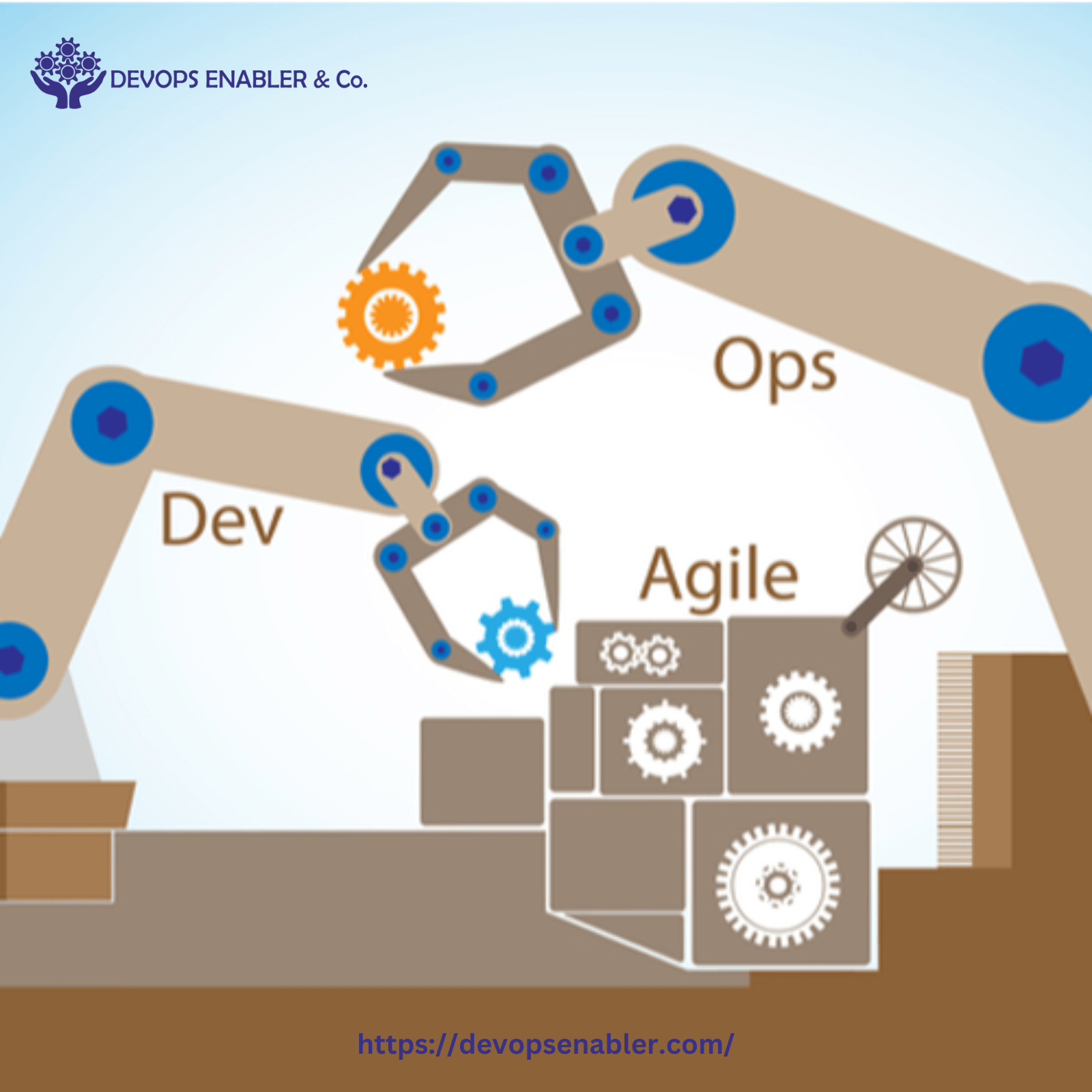Continuous Integration and Continuous Delivery (CI/CD) have become integral components of modern software development practices, enabling teams to deliver high-quality software with speed and reliability. In this article, we will explore the fundamentals of CI/CD, focusing on its application in microservices architecture, and discuss best practices for optimizing the CI/CD process.
Understanding CI/CD:
CI/CD is a set of principles and practices aimed at automating the software development lifecycle, specifically focusing on continuous integration, continuous delivery, and continuous deployment. Continuous integration involves merging code changes into the main branch, ensuring it is always in a production-ready state. Continuous delivery automates the deployment of code changes to environments resembling production, while continuous deployment takes it further by automatically deploying changes to the production environment.
CI/CD with Microservices:
Microservices architecture involves the independent development and deployment of services by individual teams. To ensure a smooth integration process, each team must independently develop and install their changes without disrupting the work of other teams. Before deploying a new version of a service to the production server, it undergoes testing in a QA environment to authenticate its proper functionality. Access control policies are in place to manage code deployment and integration effectively.
Best Practices for CI/CD with Microservices:
1. Automation Decision for Tests and Processes: During the initial stages, determining the order of code compilation and testing can be challenging. Automating smoke tests first, followed by unit tests, functional testing, and UI testing, helps reduce developer workload. Consider potential dependencies and prioritize automation logically to streamline the process.
Get in Touch for Prompt Support: https://devopsenabler.com/contact-us
2. Frequent Release of Software: Software releases should occur frequently when the code is in a release-ready state and has been thoroughly tested in an environment similar to production. Implement A/B testing for usability, testing variants against each other, and releasing features or software to a subset of users before broader deployment.
3. Less Branching and Daily Commits: Encourage developers to commit directly to the main branch from their local branches at least once a day. This minimizes version control complexities, allowing developers to focus more on development tasks and handle smaller integration challenges regularly.
4. Readiness for Microservices: Adopting a microservices architecture requires careful planning. Take an incremental approach aligned with your mission, gradually replacing the old system with the new one. This approach helps manage the complexities of re-architecting without overwhelming development teams.
5. Maintain Security: CI/CD systems involve retrieving codebase and credentials for installation in various development environments. Separate CI/CD systems, placing them on a secure internal network. Implement strong two-factor authentication and access management systems to restrict exposure to external and internal threats.
CI/CD best practices aim to automate the building, testing, and release processes, providing a streamlined and efficient software delivery lifecycle. Access to DevOps tools and a thorough understanding of software progress is crucial for successful CI/CD implementation. Developers must monitor performance metrics throughout the software delivery lifecycle, allowing for quick recovery in case of deployment or release cycle issues. By incorporating these best practices, development teams can enhance collaboration, accelerate software delivery, and ensure the reliability of their applications.
Contact Information:
· Phone: 080-28473200 / +91 8880 38 18 58
· Email: [email protected]
· Address: #100, Varanasi Main Road, Bangalore 560036.




